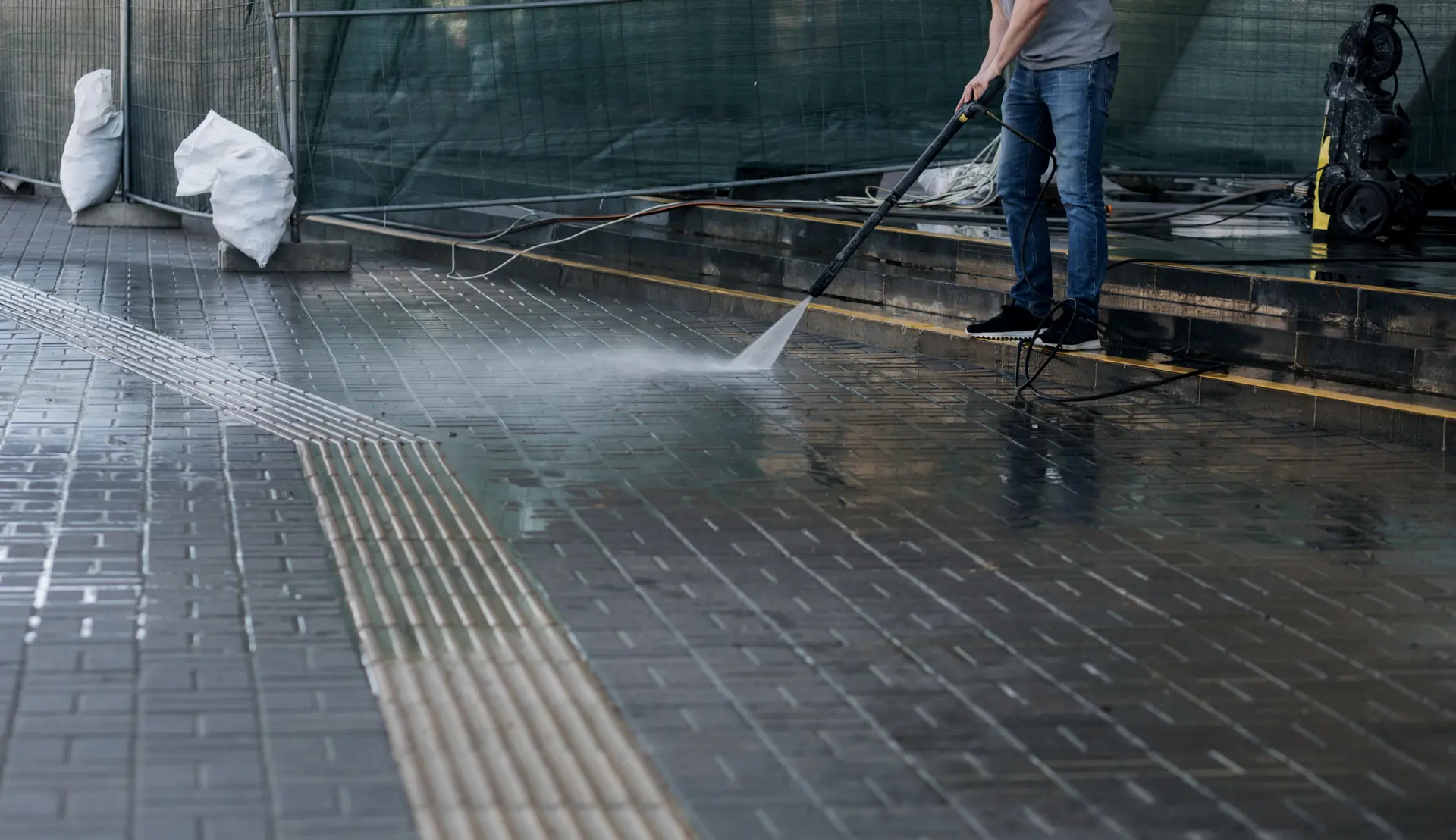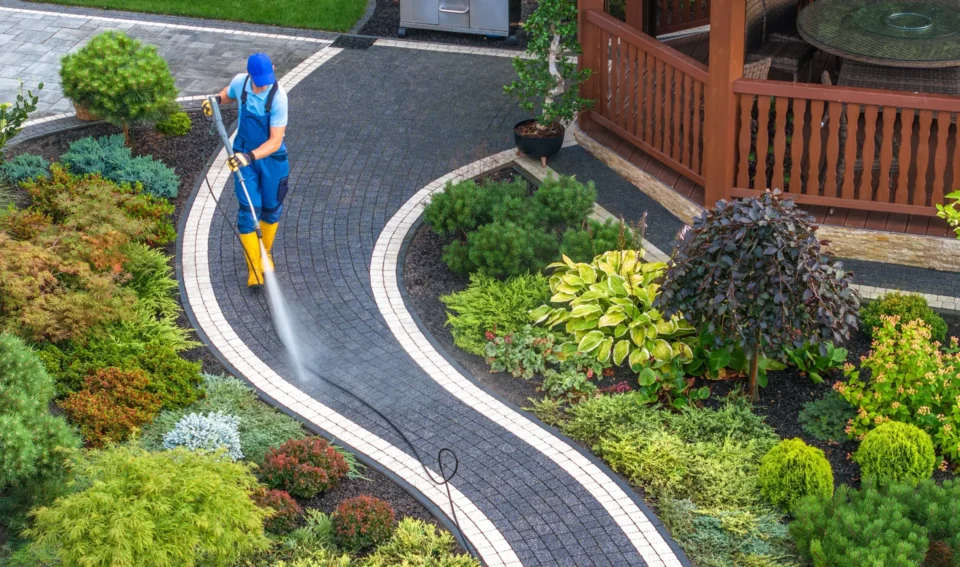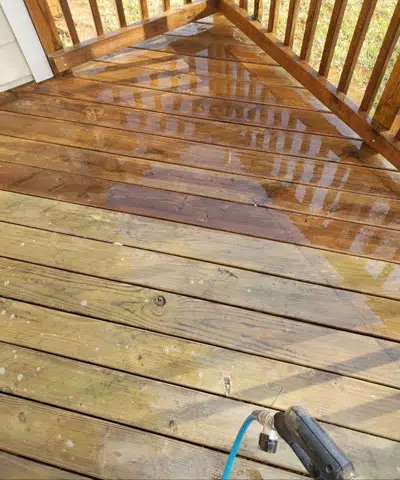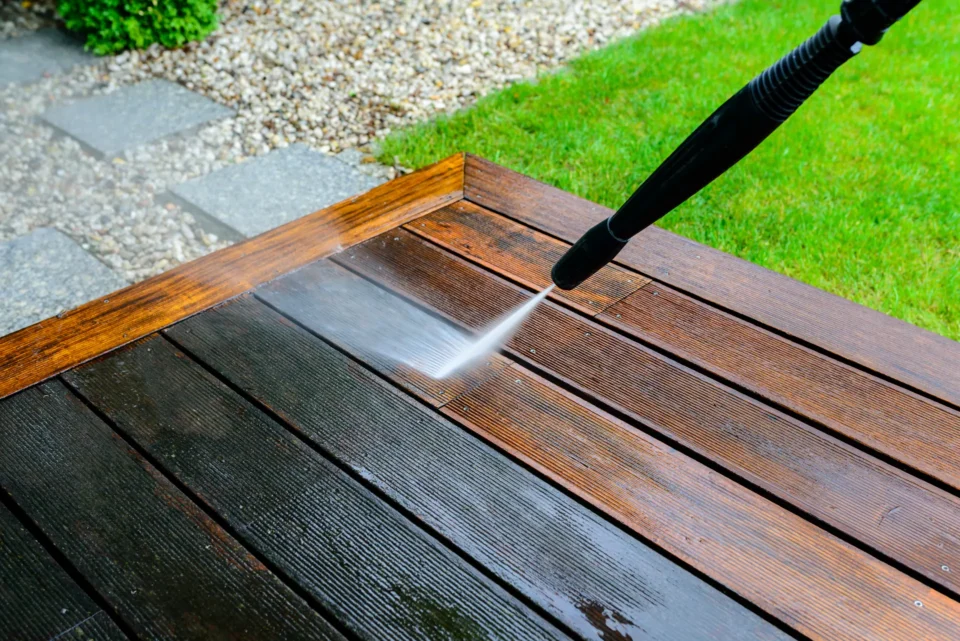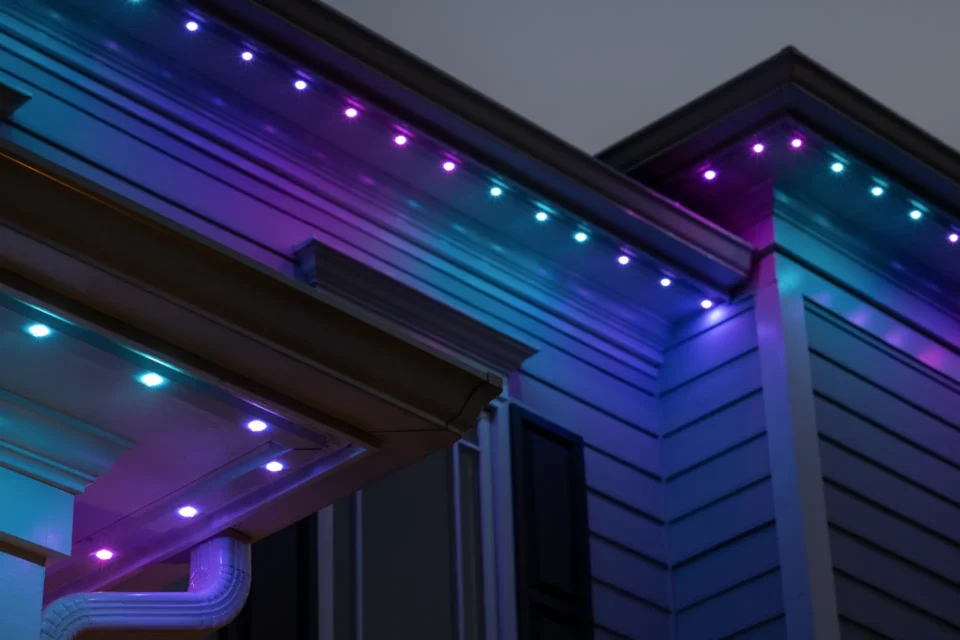You step outside one sunny morning, coffee in hand, admiring the flowers blooming and the fresh air in full swing—then you notice it. Your home’s siding is… off. Faded patches here, streaks over there, and a film of grit clinging to the surface like it owns the place. Was that grime there last year? Nope. But it’s definitely here now.
Spring may be the season of renewal, but your siding didn’t get the memo. If your home’s exterior is looking more “grungy chic” than “fresh and bright,” you’re not alone. Homeowners across the country notice the same thing every year—new stains, odd buildup, and a general dullness that wasn’t there before.
So what gives? Let’s dive into the surprisingly sneaky ways spring messes with your siding—and what you can do about it.
Why Does Siding Develop New Stains During Spring?
Spring weather is like a well-meaning guest who unintentionally trashes your house. It brings sunshine, warmth, and a fresh breeze, but it also delivers rain, moisture, and microscopic troublemakers that love clinging to your siding.
Here’s why new stains pop up every spring:
- Winter’s Mess Lingers: Even though it’s not as visible during colder months, winter’s grime—including road salt, soot, and dirt—sticks around and reactivates with spring moisture.
- Rain + Dust = Stains: April showers don’t just bring flowers. They also mix with airborne dust, leading to streaks and drip lines that stain siding.
- Organic Debris Gets Sticky: Leaves, branches, and bird droppings from nearby trees can stick to wet siding, break down, and leave behind dark blotches and discoloration.
And the big offender? Timing. As the weather warms up, all that gunk that’s been quietly sitting there decides it’s time to bloom—just like your garden.
What Causes Grit Buildup on Exterior Siding Surfaces?
You know that grimy, rough texture you sometimes feel when you run your hand along the siding? That’s not just dirt—it’s grit, and it’s made up of more than you’d expect.
Common causes of siding grit include:
- Pollen: Those tiny yellow grains aren’t just a problem for your sinuses—they settle on siding and create a gritty, sticky layer that’s tough to rinse off with a hose.
- Air Pollution: Vehicles, chimneys, and even nearby industrial zones release particles that attach to siding and slowly build up.
- Insects: Spring brings a surge in insect activity. Bugs leave behind droppings, dead shells, and webbing that contributes to a gritty feel on your siding.
- Tree Sap and Residue: If you have trees near your house, you’re likely seeing sap mist or residue clinging to your siding, especially after wind or storms.
Over time, all of this creates a thin but persistent film on your home’s exterior—one that not only dulls the finish but can cause long-term staining and even damage.
Can Seasonal Changes Affect the Appearance of Siding?
Absolutely. Siding may be tough, but it’s not immune to Mother Nature’s mood swings. The transition from winter to spring is particularly harsh on exterior surfaces.
Here’s how seasonal shifts mess with your siding:
- Temperature Swings = Expansion and Contraction: Siding materials like vinyl, wood, or fiber cement respond to temperature changes. As they expand and contract, microscopic cracks can form, making it easier for grime and moisture to sneak in.
- UV Rays Begin to Intensify: Longer, sunnier days increase UV exposure. Combined with dirt and buildup, this can lead to discoloration or fading in certain areas.
- More Moisture = More Opportunity for Growth: Spring means longer daylight hours and higher humidity, which is the perfect combo for algae, mildew, and mold. These can cling to siding and create greenish, black, or even reddish stains over time.
And let’s not forget the wind. Spring breezes may feel great, but they’re notorious for flinging debris, pollen, and dust directly at your home—leaving behind a not-so-pretty coating that builds up with every gust.
How Does Pollen and Moisture Contribute to Siding Discoloration?
Here’s the dynamic duo that causes siding headaches every single spring: pollen and moisture. Individually, they’re manageable. Together, they’re a staining powerhouse.
- Pollen sticks to wet surfaces. After a rain shower or morning dew, your siding becomes a magnet for airborne pollen. It clings like static on a sweater.
- Moisture activates organic materials. Mold spores, algae, and mildew need moisture to grow. Pollen feeds them, essentially fertilizing your siding’s unwanted spring garden.
- Discoloration develops fast. Once the algae or mildew starts growing, it spreads in uneven patches—creating ugly streaks, smudges, or dark stains that often won’t rinse off with a garden hose.
Even more concerning? These materials can slowly break down the protective coating on your siding, especially vinyl and painted wood. That’s right—besides making your house look dingy, this buildup can shorten the lifespan of your exterior altogether.
The Spring Clean You Didn’t Know You Needed
While it’s tempting to focus on interior spring cleaning—dusting, decluttering, reorganizing—it’s your home’s exterior that quietly suffers the most through winter and early spring. Giving it some attention now saves you time, money, and frustration down the road.
Here are signs it’s time to give your siding a professional clean:
- You see visible streaks, especially under windows or gutters
- The color of your siding looks faded, dull, or uneven
- You feel a gritty texture when you touch the walls
- You notice mildew, green spots, or black mold streaks
- You just want your house to look good again
Power washing (when done right) can safely lift away all that embedded grime and leave your siding looking refreshed and vibrant. It also helps maintain your home’s curb appeal and can even boost property value—because let’s face it, clean siding just makes your home pop.
Restore Your Home’s Shine with Power Clean Pressure Washing
Your siding shouldn’t be a casualty of springtime grit—and it doesn’t have to be. At Power Clean Pressure Washing, we specialize in removing the stubborn stains, pollen film, algae growth, and organic gunk that cling to your home every year.
Our team uses the perfect balance of pressure, temperature, and environmentally safe detergents to protect your siding while making it look brand new. Whether your home is covered in vinyl, brick, Hardie board, or painted wood, we tailor our approach to ensure maximum clean with zero damage.
Here’s why homeowners trust us:
- We don’t just blast—we treat each surface with care.
- We eliminate grit, not just the appearance of it.
- We clean hard-to-reach places and prevent regrowth with mold inhibitors.
- We leave your siding looking like winter never happened.
Spring is a time of renewal—and your home deserves that, too. Let Power Clean Pressure Washing bring back the brightness to your siding this season. Call us today and let your house shine as brightly as your tulips.
